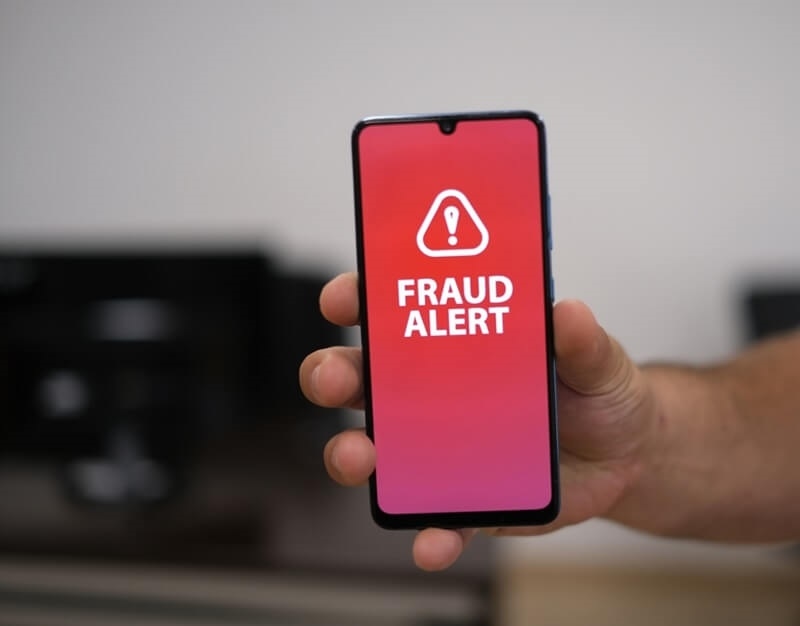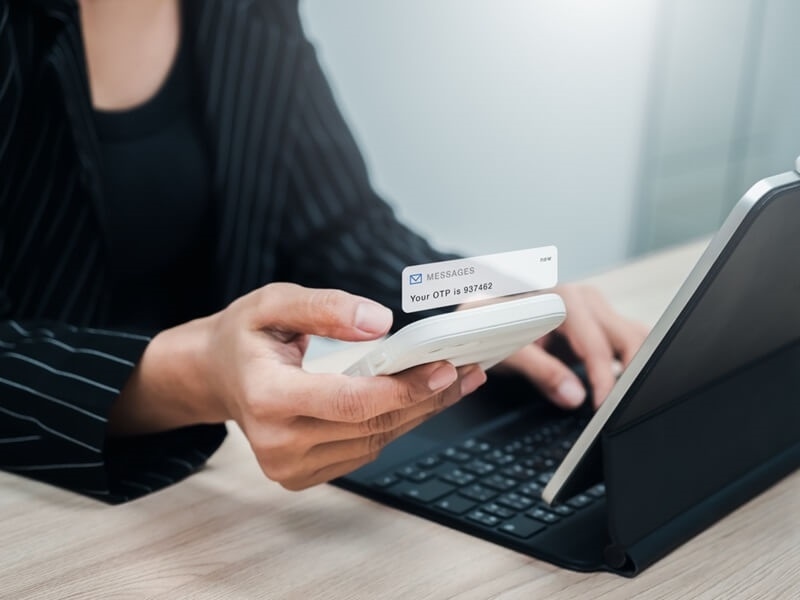
Internet banking is a way of life in America now. Nearly all banks have online facilities, through which customers can easily manage their money from their computer or cell phone. The most useful service among these services is online bank account alerting.
These alerts enable you to track what is happening with your accounts. They can inform you of transactions, low balances, security threats, or potential overdrafts in real time. This tutorial will guide you through extremely basic step-by-step directions on how to activate these alerts for your American web bank account.
Before you find out how to do it, knowing why it's a good idea is helpful. Here are some easy reasons to go to the trouble:
These alerts are not just for people who struggle with budgeting; they are helpful for everyone. Even if you’re good with money, alerts act as an extra set of eyes on your account.
Whenever you are logging into your mobile banking application or internet banking, you can see various types of alerts that you can set. The following is a short explanation of the most commonly used ones:

These alerts are sent whenever your debit card is used to buy something or withdraw money from an ATM. Most individuals prefer to set debit transaction alerts in the USA so that fraud or unauthorized usage may be identified in time.
These alerts warn you when your account balance drops below a specific amount. These low-balance alerts American banks prevent overdraft fees and declined transactions.
Your bank alerts you every time it detects something fishy through suspicious activity notifications digital banking. This safeguards your account against fraud.
They notify you when your account is heading towards a negative balance. Overdraft warnings online force you to take action before they charge you fees.
They warn you if someone has altered your password, email address, or phone number. Proper security alert setting prevents hackers from hijacking your account.
Enabling the alerts is often quick and simple. Here's how you can do it on most U.S. banks:
To start, log in to your bank's website or mobile app. Ensure you are logged in via a secure network, such as home internet. Do not access it using public Wi-Fi for security reasons.
Find a tab or menu option that says "Alerts," "Notifications," or "Account Services." That's where you control your online bank account notices. Sometimes it's under Settings.
Once you get to the alerts area, you'll find a list of notices from which you can select. These will usually be:
You can select the kind of alerts that suit your purpose. For instance, if you are interested in prioritizing setting debit transaction alerts USA, choose that feature.
You can often adjust how and when you receive alerts:
Customizing these helps you avoid unnecessary alerts while keeping informed on important actions.
Take this opportunity to ensure your security alert setup is complete. Make sure you’ll be notified of any:
These security alert setup steps are critical in protecting your money and personal information.
Once you have selected your preferences, save and confirm them. Your bank is able to send a test message to verify everything.
To show how these alerts work in real life, here are a few easy examples:
Emma forgot her automatic-pay gym membership. Due to overdraft notices on the internet, she added money to the account before the charge was made and saved a $35 fee.
John was notified of a $150 transaction at a store he had never shopped at. Due to having set debit transaction alerts in the USA, he contacted his bank in a hurry. His card was placed on hold, and the fraud was halted.
Sara created a low balance alert for US banks to alert her when her account drops to less than $200. This helped her manage her spending until her next paycheck.
Mike was sent a text message regarding a password change. He had not asked for the change, so he proceeded and reset his account using the bank's security alert feature. His account was secure.
If you wish to utilize your online bank account reminders to the fullest, the following are some easy tips:
Don't use one reminder. Use debit transaction reminders USA, balance low reminders US banks, and security reminder setup so that you achieve maximum security.
Ensure that your bank always receives your new number and email so that you don't miss reminders.
Stuff happens. You might need to adjust your balance limit or add a new type of alert as your financial situation changes.
When you get suspicious activity alerts in digital banking, don't wait. Call your bank immediately to safeguard your account.
Receiving too many of them will cause you to ignore them. Set strict boundaries to only receive the alerts that truly concern you.
With so many people banking online these days, warnings are more crucial than ever. They secure your account, guard your money, and make you feel confident. Whether it is enabling debit transaction warning USA to track your spending or balance low warning US banks to prevent fees, they're tiny things that can truly make big differences.
They provide them for free since they minimize the occurrence of fraud and increase customer satisfaction. With alarms set, you will no longer be surprised by overdrafts, fraud, or missed payments.
With the fast-moving digital world we live in nowadays, knowing what is going on in your bank account at all times is necessary. Consider alerts, which are your very own personal assistants monitoring your money 24/7.
One of the simplest and smartest things you can do to protect your cash is to create online account notifications for your savings and checking accounts. If you desire to get suspect transaction alerts via online banking so you can sleep better at night or overdraft notifications online so you won't get charged, they are easy to create and they don't cost you a thing.
By reminding you of your security settings and monitoring alerts, you're always in charge of your cash. Alerts give you immediate access to the information you need so that you can react if something is amiss.
This content was created by AI